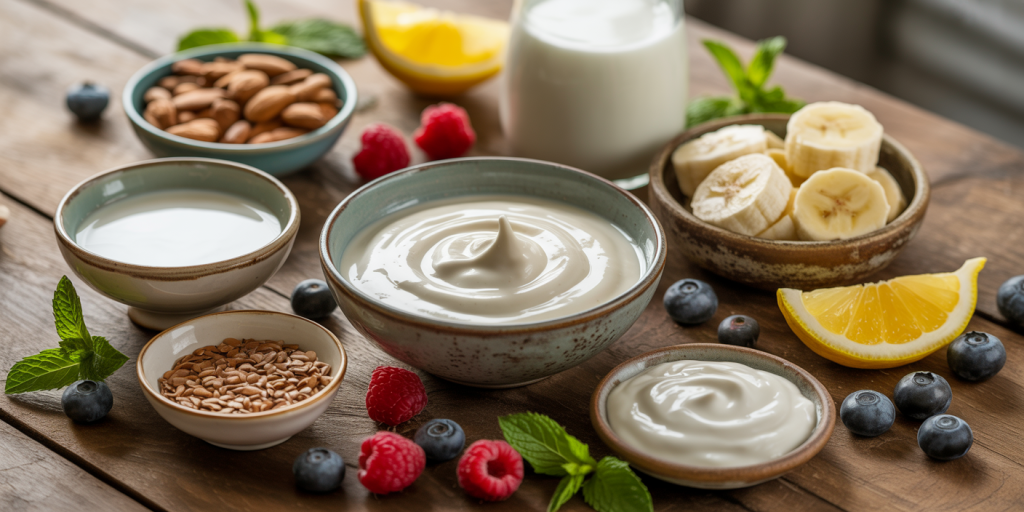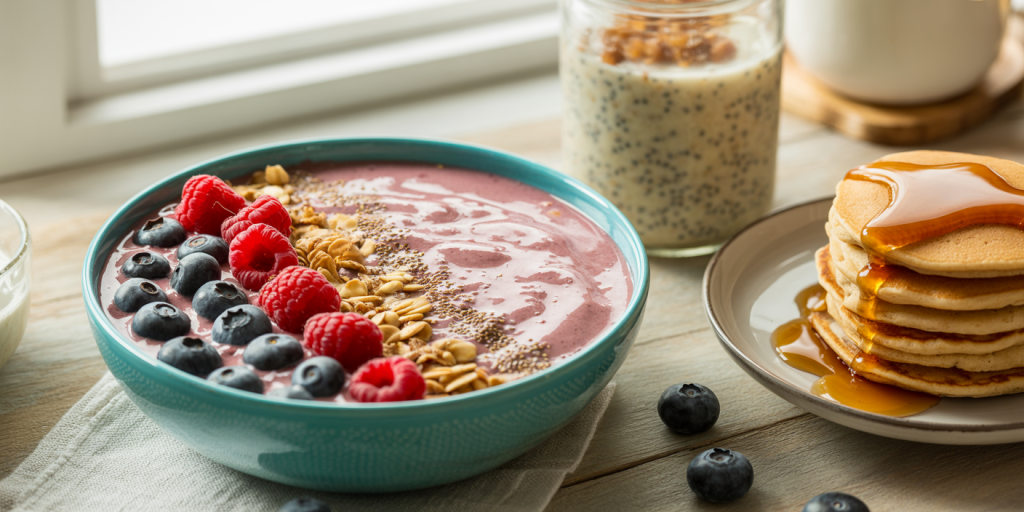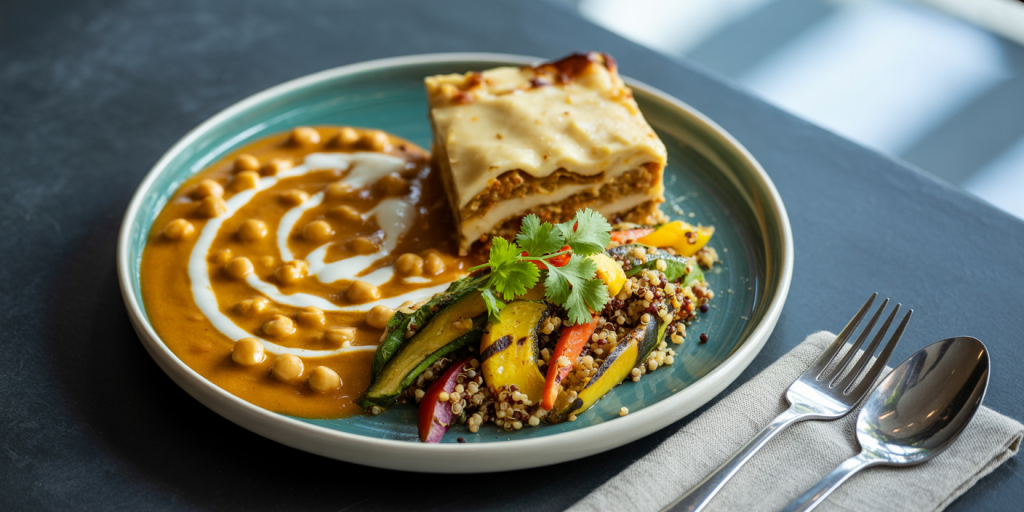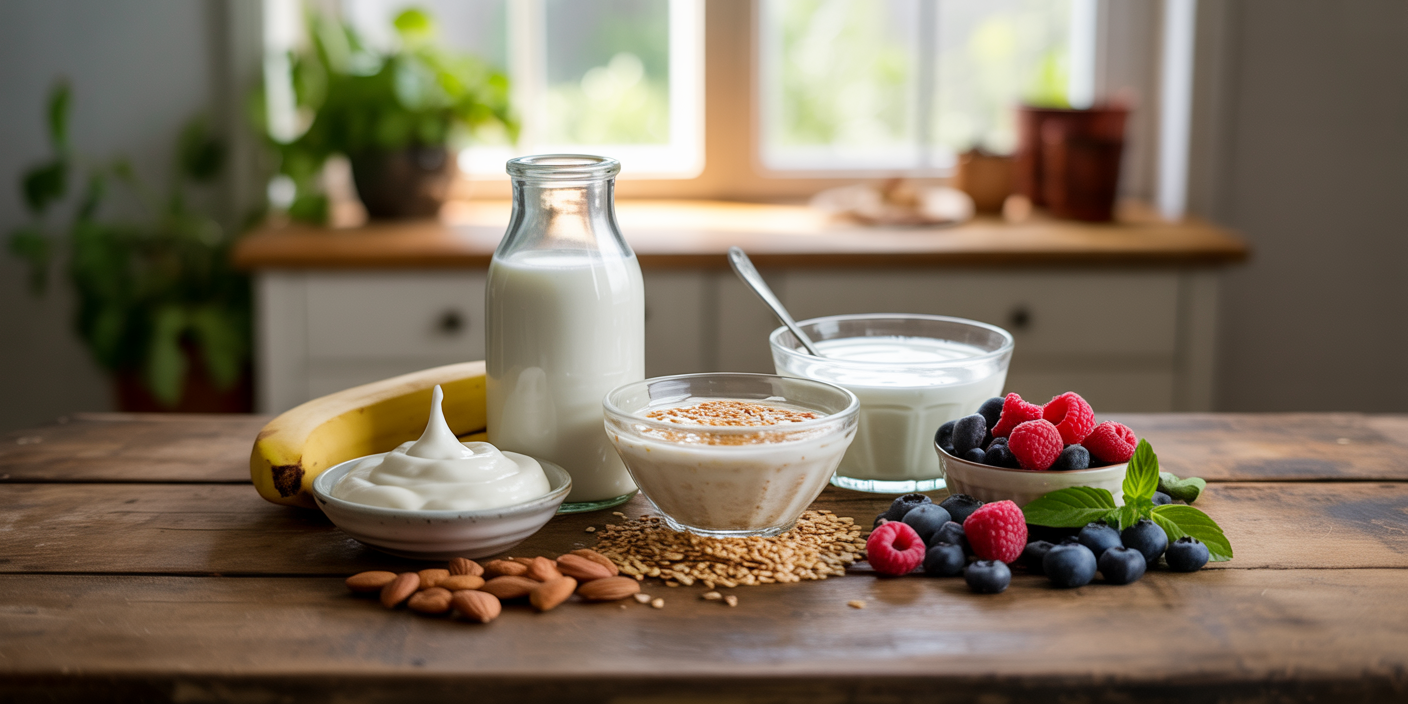As more people adopt dairy-free diets due to lactose intolerance, allergies, or lifestyle choices such as veganism, the demand for delicious and nourishing dairy-free recipes has never been higher. Whether you’re striving to improve digestion, reduce inflammation, or simply explore new culinary horizons, dairy-free meals can be both satisfying and diverse. According to the Centers for Disease Control and Prevention (CDC), approximately 65% of the global population has some degree of lactose intolerance, highlighting the importance of dairy-free alternatives for a significant portion of consumers.
Dairy-free cooking goes beyond simply removing milk or cheese; it involves substituting ingredients with plant-based or other alternatives while maintaining taste and texture. In this article, you’ll discover a variety of creative and wholesome dairy-free recipes alongside effective strategies to enrich your daily meals without compromising flavor or nutrition.
—
Exploring Diverse Dairy-Free Ingredients
A fundamental aspect of creating appealing dairy-free recipes is understanding the array of possible substitutes and their unique properties. Nut milks such as almond, cashew, and macadamia are popular choices due to their creamy texture and mild flavor, perfect for everything from smoothies to sauces. For example, cashew cream is a favorite among home cooks and chefs alike due to its ability to mimic the creaminess of heavy cream in soups and desserts.
Plant-based yogurts made from coconut, soy, or oat milk provide excellent bases for breakfast bowls and dressings. Coconut yogurt, rich in medium-chain triglycerides, offers added health benefits, including improved energy metabolism. You can experiment with different brands or homemade recipes, depending on your taste and nutritional priorities.
In baking, applesauce, mashed bananas, and flax seeds mixed with water act as viable replacements for butter and eggs, helping add moisture and binding properties. For instance, using mashed bananas in vegan banana bread not only retains a chewy texture but also enhances the natural sweetness, reducing the need for added sugar.
Comparative Table: Common Dairy Substitutes and Uses
| Dairy Product | Popular Substitutes | Best Uses | Nutritional Notes |
|---|---|---|---|
| Milk | Almond milk, oat milk, soy milk | Smoothies, cereals, sauces | Almond milk: low calorie; soy milk: high protein |
| Butter | Coconut oil, vegan margarine | Baking, sautéing | Coconut oil: saturated fat; vegan margarine: varies widely |
| Cream | Cashew cream, coconut cream | Soups, desserts, sauces | Cashew cream: rich in protein; coconut cream: high fat |
| Yogurt | Coconut yogurt, soy yogurt | Breakfast, dips, dressings | Coconut yogurt: probiotic-rich; soy yogurt: high protein |
Understanding these substitutes helps not only in replicating the dairy experience but also enhances nutritional balance tailored to individual health goals.

—
Breakfast Ideas for a Dairy-Free Start
Starting the day with a nutritious, dairy-free meal can set the tone for healthier eating habits. Smoothie bowls are excellent options due to their versatility and quick preparation time. Try blending frozen bananas, spinach, almond milk, and a tablespoon of flax seeds for a fiber-rich, energizing breakfast. Topping it with fresh berries and granola adds crunch and antioxidants. This meal contains no dairy yet delivers essential vitamins and minerals to fuel the body.

Overnight oats made with oat milk and chia seeds also provide satiating options rich in omega-3 fatty acids. Adding cinnamon and nutmeg enhances flavor without added sugars. Many people have found this combination effective for maintaining stable blood sugar levels throughout the morning, as per a study published in the *Journal of Nutrition* (2018).
Dairy-free pancakes are another crowd-pleaser. Using a mix of rice flour and baking powder, combined with mashed bananas and almond milk, these pancakes become an excellent gluten-free, dairy-free breakfast. Pairing them with maple syrup or fresh fruit further elevates taste and nutrition.
—
Wholesome Lunch and Dinner Recipes Without Dairy
Lunchtime or dinner often require heartier options that remain dairy-free but enjoyable. A favorite among many is the vegan chickpea curry, which replaces cream with coconut milk to achieve a rich, satisfying texture. In recipes from across India to the Caribbean, coconut milk is a trusted standalone ingredient that delivers both creaminess and a subtle sweetness. Nutritionally, coconut milk provides healthy fats that support brain function and satiety.

Grilled vegetable and quinoa salad with a lemon-tahini dressing is both filling and vibrant. Tahini’s nutty taste serves as a nutrient-dense alternative to cheese-based dressings. It contains calcium and magnesium, essential minerals sometimes found in dairy products. This salad can be served chilled or warm, making it adaptable for all seasons.
For comfort food, dairy-free lasagna using cashew cheese or tofu-based ricotta is becoming a popular plant-based alternative. Cashew cheese involves soaking, blending, and seasoning cashews to approximate the texture and flavor of traditional cheese, offering a nutritious option high in protein and healthy fats.
—
Dairy-Free Baking Without Sacrificing Flavor
Baking without dairy often presents challenges like maintaining moisture and texture. However, with the right ingredients, it’s possible to create baked goods that rival traditional counterparts. Coconut oil serves as an excellent butter substitute, particularly in cookies and cakes. It adds a mild coconut flavor and helps retain moisture due to its saturated fat content.
Aquafaba—the liquid from cooked chickpeas—has revolutionized vegan baking by acting as an egg white replacement. Whipped aquafaba can mimic meringue in dairy-free pavlovas or macarons, surprising many chefs and home bakers alike with its flexibility and function. Aquafaba is also fat-free and low-calorie, making it a healthier baking choice.
For sweetness and moisture, using ripe mashed bananas, applesauce, or even pumpkin puree can reduce the need for added sugar and fats. For example, pumpkin puree in muffins not only keeps them moist but adds fiber and beta-carotene, enhancing nutritional content.
Comparative Table: Baking Ingredient Substitutes
| Baked Good | Dairy Substitute | Additional Notes |
|---|---|---|
| Cakes | Coconut oil, applesauce | Coconut oil adds richness; applesauce for moisture |
| Cookies | Vegan margarine, coconut oil | Coconut oil firms up cookies; margarine adds flavor |
| Meringues | Aquafaba | Egg white alternative |
| Muffins | Pumpkin puree, mashed banana | Adds moisture and natural sweetness |
This knowledge empowers anyone to enjoy home-baked favorites without triggering dairy sensitivities or sacrificing quality.
—
Snacks and Desserts That Celebrate Dairy-Free Living
Dairy-free snacks and desserts are vital for maintaining a varied, enjoyable diet. Homemade energy balls made from oats, nut butters, and dairy-free chocolate chips provide quick, nutrient-dense snacks ideal for on-the-go lifestyles. Many athletes and health enthusiasts prefer these to commercial snacks for clean labels and customizable flavors.
For a refreshing dessert, dairy-free sorbets made from pureed fruits like mango or raspberries require only fruit, water, and a natural sweetener. These are naturally fat-free and much lower in calories than traditional ice cream, aligning with healthy eating trends.
Chocolate lovers can rejoice with many dairy-free dark chocolate bars exceeding 70% cacao that contain no milk solids. Incorporating dairy-free chocolate in dessert recipes like brownies or mousse made from avocado or tofu illustrates how healthful swaps yield indulgent results.
—
The Future of Dairy-Free Culinary Innovations
The dairy-free food industry continues to flourish, driven by advances in food science and increasing consumer demand. Innovations such as lab-grown dairy proteins and improved plant-based cheese technology are set to revolutionize how dairy alternatives taste and behave in recipes.
Market research by Grand View Research projects a compound annual growth rate (CAGR) of over 11% for plant-based dairy alternatives by 2030, indicating a significant shift in eating habits worldwide. This growth stimulates investment and encourages culinary exploration on both commercial and home-cooking fronts.
Additionally, increased awareness of environmental sustainability supports dairy-free diets, as plant-based dairy alternatives typically have a lower carbon footprint than traditional dairy farming. Combining health, taste, and ethical consumption offers promising pathways for future recipes that delight and nourish.
Professional chefs are increasingly incorporating alternative ingredients into gourmet menus, pushing the boundaries of flavor and texture. Experimentation with fermented plant-based milks, nut cheeses aged like traditional cheeses, and hybrid recipes combining multiple dairy substitutes reflect a vibrant, evolving culinary culture.
—
In embracing dairy-free recipes, individuals not only address dietary needs but partake in a transformative culinary adventure. Enhanced by global tastes, nutritional advancements, and environmental awareness, these recipes are poised to enrich diets and inspire cooking creativity well into the future.

Deixe um comentário